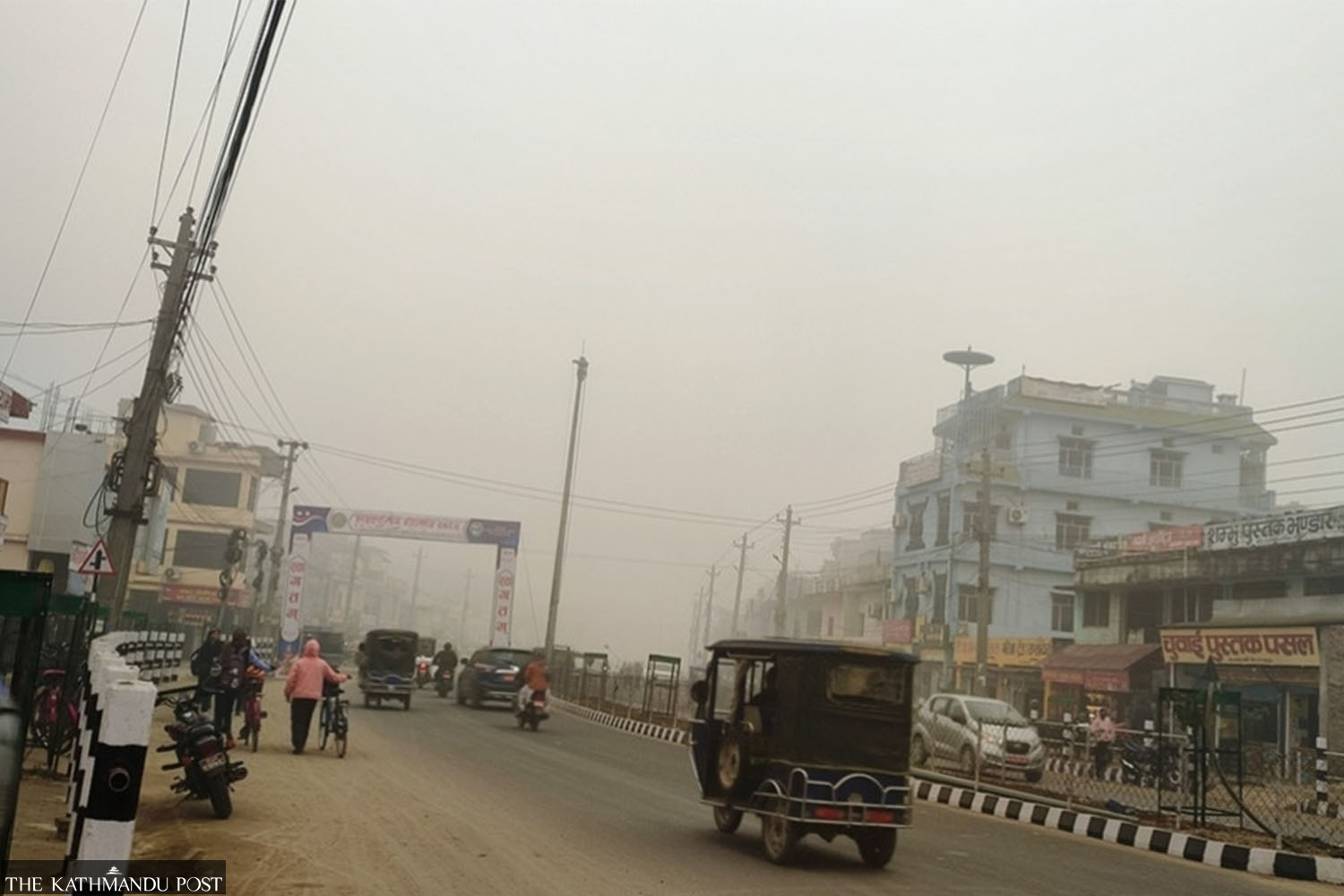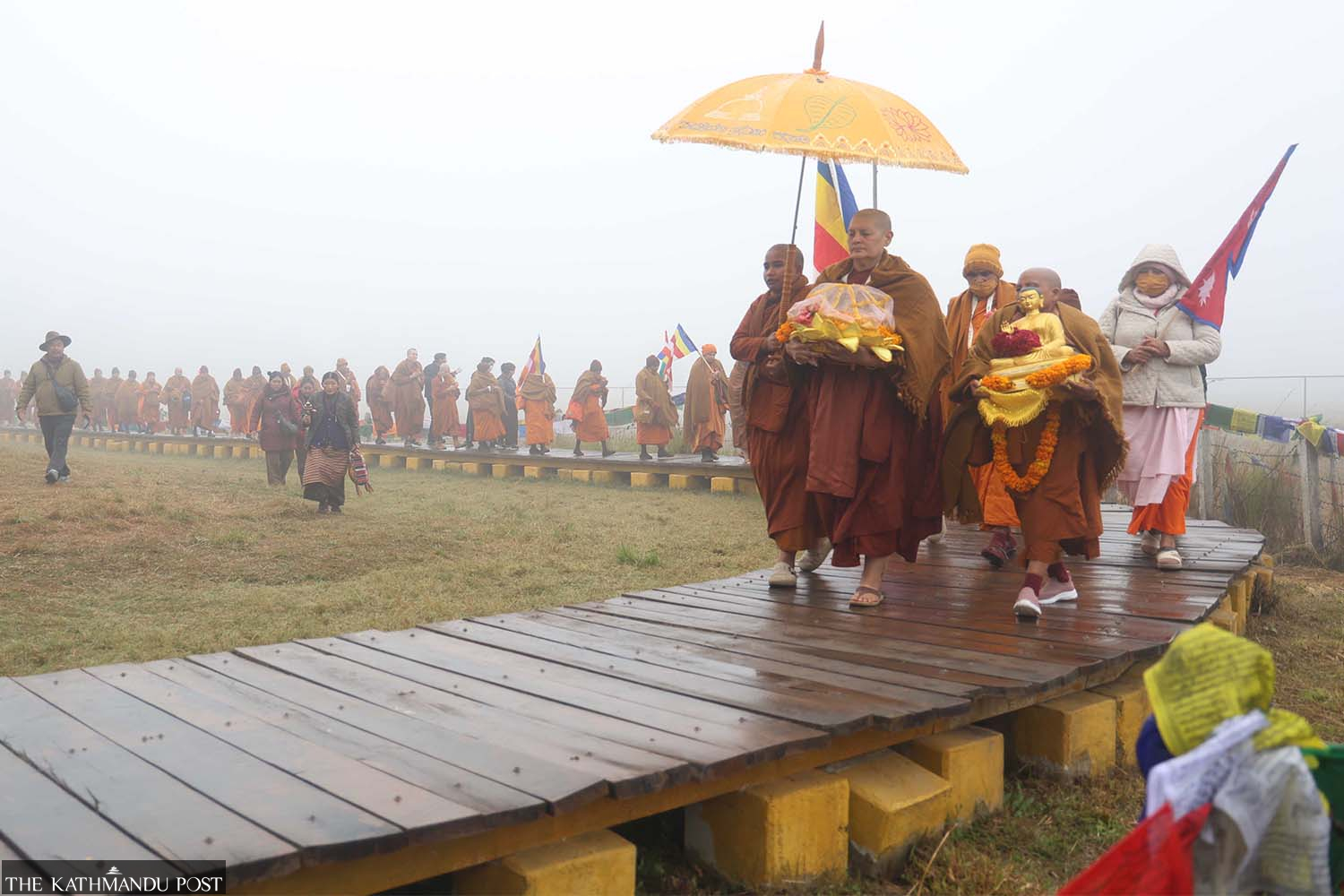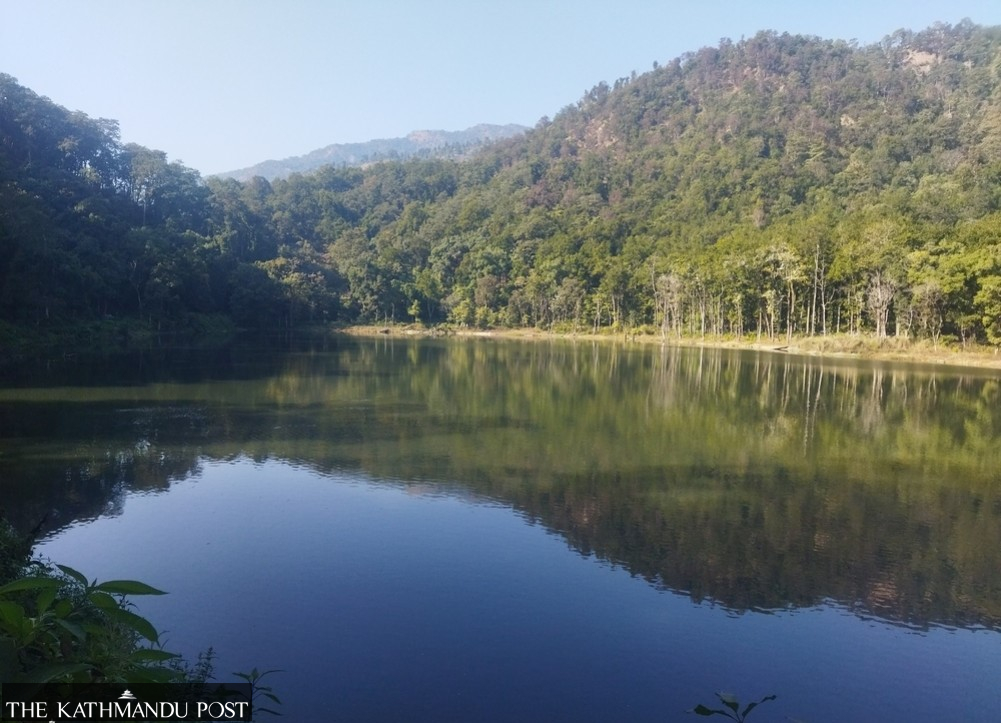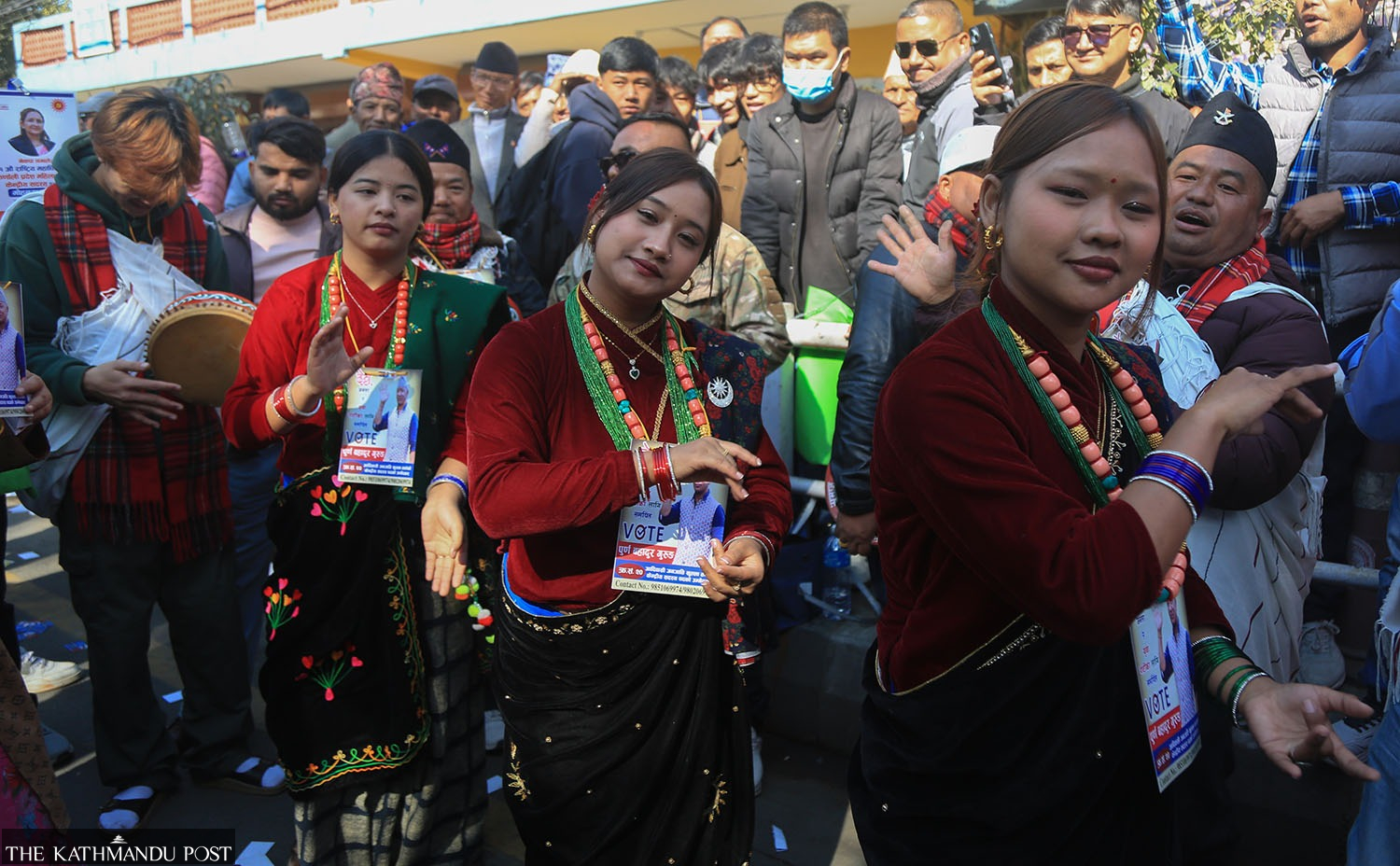Visual Stories
Jindagani Ghat emerges as new wildlife and boat safari hotspot
The remote Rapti river route offers gharials, migratory birds, rhinos, and a jeep-boat combo experience.
Ramesh Kumar Paudel
Until the early 1960s, Jindagani Ghat was bustling with people crossing the Rapti river. Located in ward 12 of Khairahani Municipality, the ghat, a place by a river where people bathe, wash, or board boats, lies south of Padampur, one of Chitwan’s old settlements.
After the government relocated the entire Padampur community inside Chitwan National Park, the settlement emptied, and Jindagani Ghat became almost deserted. Human activity declined, but flora and fauna flourished. To the north lies Kumroj Community Forest, while to the south stretches the dense forest of Chitwan National Park. The Rapti river, flowing between them, hosts not only local species but also migratory birds from Siberia and Mongolia during winter.
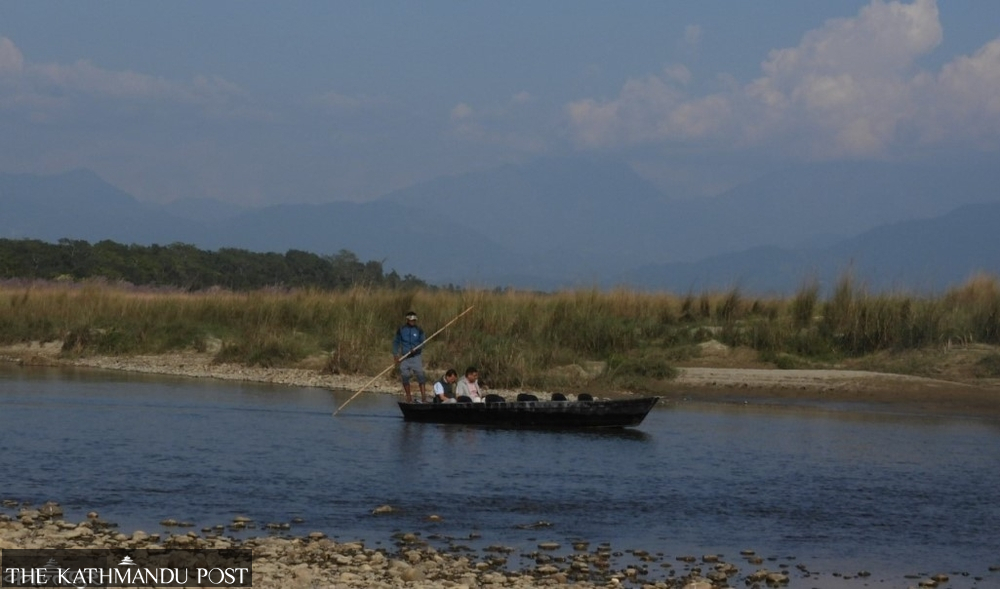
Although it is not far from Sauraha, tourists have rarely experienced this environment. Local tourism operators have now begun highlighting the natural beauty and wildlife of the Rapti river. A month ago, boat safaris were launched from Jindagani Ghat. Heading west along the river, visitors encounter scenic views and gharials sunning themselves in the water.
Gharials nest in sandy riverbanks and feed solely on fish. Alongside them, migratory birds and local species move across the area.
The boat safari now runs from Jindagani Ghat to Bhimpur Ghat. While safaris on the Rapti, its tributaries—Budhi Rapti, Dhungrakhola—and the Narayani river have been operating for some time, Jindagani’s route is distinctive. “Over almost six kilometres, the river passes without encountering settlements or human structures,” said Basu Dhungana, owner of Kinara Restaurant and Kumroj-based resort Banbas. He highlighted the route’s exceptional natural beauty. The lush Rapti riverbanks, northern Mahabharat hills, and distant snow-capped mountains are visible on clear days, he said.
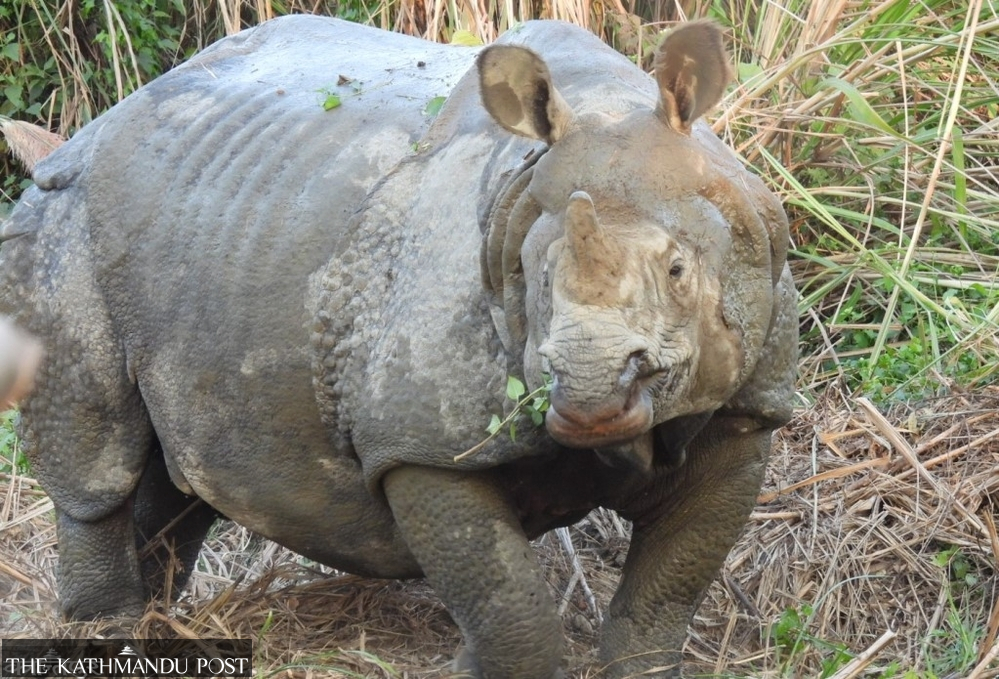
Rare sightings of one-horned rhinos are common along this route, and occasionally, tigers crossing streams or drinking from the river are spotted. Veteran nature guide Ram Prasad Bhandari, who has more than 30 years of experience leading tourists, said the area is ideal for observing both birds and gharials. “This remote safari route offers views of all kinds of wildlife found in the park—birds, gharials, and crocodiles,” he said.

Tourists seeking solitude and nature immersion are drawn to this route, Dhungana said. The route’s final point lies west of Bhimpur Ghat, near the tourist hub of Sauraha. From Jindagani Ghat to Bhimpur Ghat and back, visitors also experience a jeep safari through roughly two to three kilometres of Kumroj Community Forest. This combination allows tourists to enjoy both river and forest exploration, making it a unique boat-jeep safari experience.




 10.12°C Kathmandu
10.12°C Kathmandu1.jpg)

